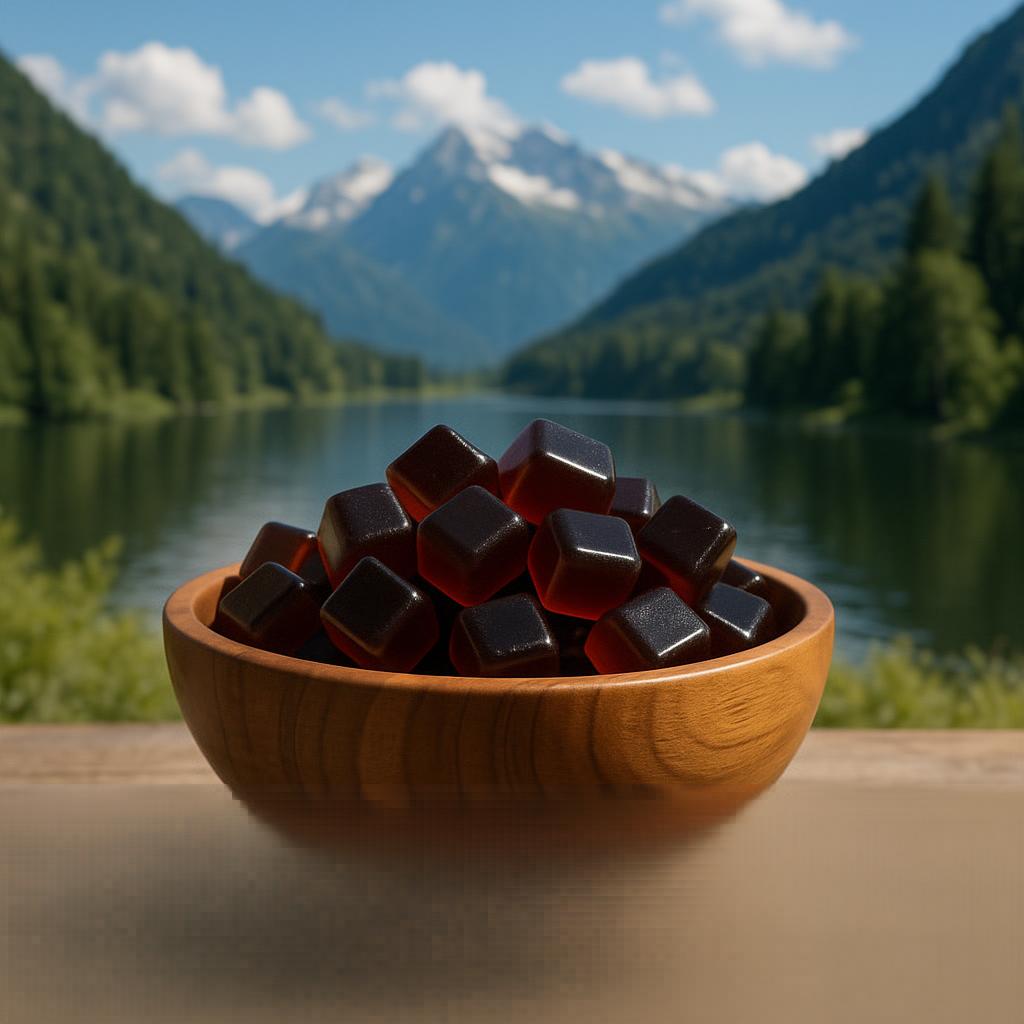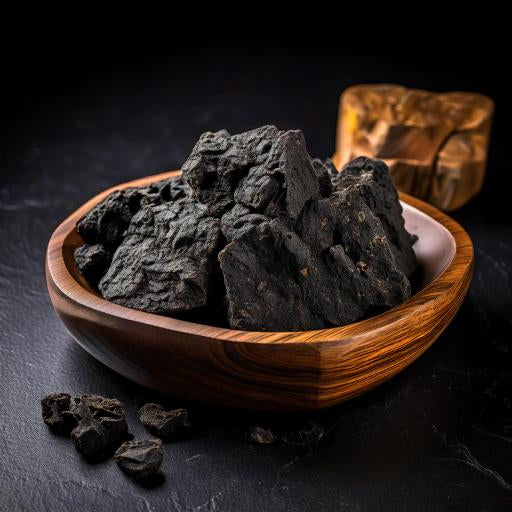Botanical Sage
SHILAJIT GUMMIES
SHILAJIT GUMMIES
Couldn't load pickup availability
Shilajit
Shilajit is an ancient natural substance with a rich and fascinating story rooted in traditional medicine and sacred legend. It is primarily a dark, tar-like resin that oozes from rocks in the high mountain ranges of the Himalayas, Altai, Caucasus, and other ranges in Central Asia. The formation of shilajit occurs over centuries as plant materials, bryophytes, and mosses decompose in the unique geological and climatic conditions of these regions. Microbial activity, intense pressure, and heat slowly transform this organic matter into the potent mineral-rich resin found today. pmc.ncbi.nlm.nih+3
Ancient Use and Discovery
Shilajit has been used for thousands of years across many cultures—including in India, Tibet, Nepal, and Persia—as a rejuvenating folk remedy. Records of its medicinal use date back over 3,000 years in Ayurvedic texts such as the Charaka Samhita and Sushrut Samhita, where it was celebrated as a “rasayana,” or life-enhancing tonic. According to Indian legend, its discovery is sometimes attributed to wise monkeys, which were observed eating the dark resin from mountain rocks for strength and vitality.
Myth and Folklore
In Hindu mythology, shilajit is said to have a divine origin, created by Lord Shiva to promote health and longevity. It was thought to be the condensed essence of the mountains, formed through the interplay of sunlight, heat, and time. As a result, shilajit was often considered a miraculous elixir—sometimes called "destroyer of weakness" in Sanskrit—and was held in high esteem by yogis, healers, and kings.
Traditional and Modern Names
This substance is known worldwide by many names: “mumiyo” or “mumie” in Russia, “rock juice” or “mountain sweat” in Central Asia, and “mumiay” in Persia. Each region’s shilajit has unique chemical properties, depending on local plants and minerals. Despite regional naming, high-altitude Himalayan shilajit is still considered among the purest. wikipedia
Historical Figures and Literature
Not only is shilajit prominent in Eastern texts, but its mention also appears in the works of classical figures like Aristotle, who described its healing effects, and it has been referenced as “mumio” or “mountain oil” in Greek and Roman records. Legends claim that Alexander the Great supplied shilajit to his troops for endurance. Wikipedia
Modern Scientific Perspective
Scientists now know that Shilajit’s main active constituents are fulvic acid, humic substances, and a host of minerals, resulting from the breakdown of organic material in the mountains over millennia. Shilajit continues to be prized in Ayurvedic medicine and is researched for a range of purported benefits, such as supporting energy, stamina, and vitality.
Shilajit’s story is ultimately one of earth, time, and tradition—transforming ancient mountain forests into a revered “gift of the mountains,” celebrated for thousands of years and still sought after in the modern world. wikipedia
Share




